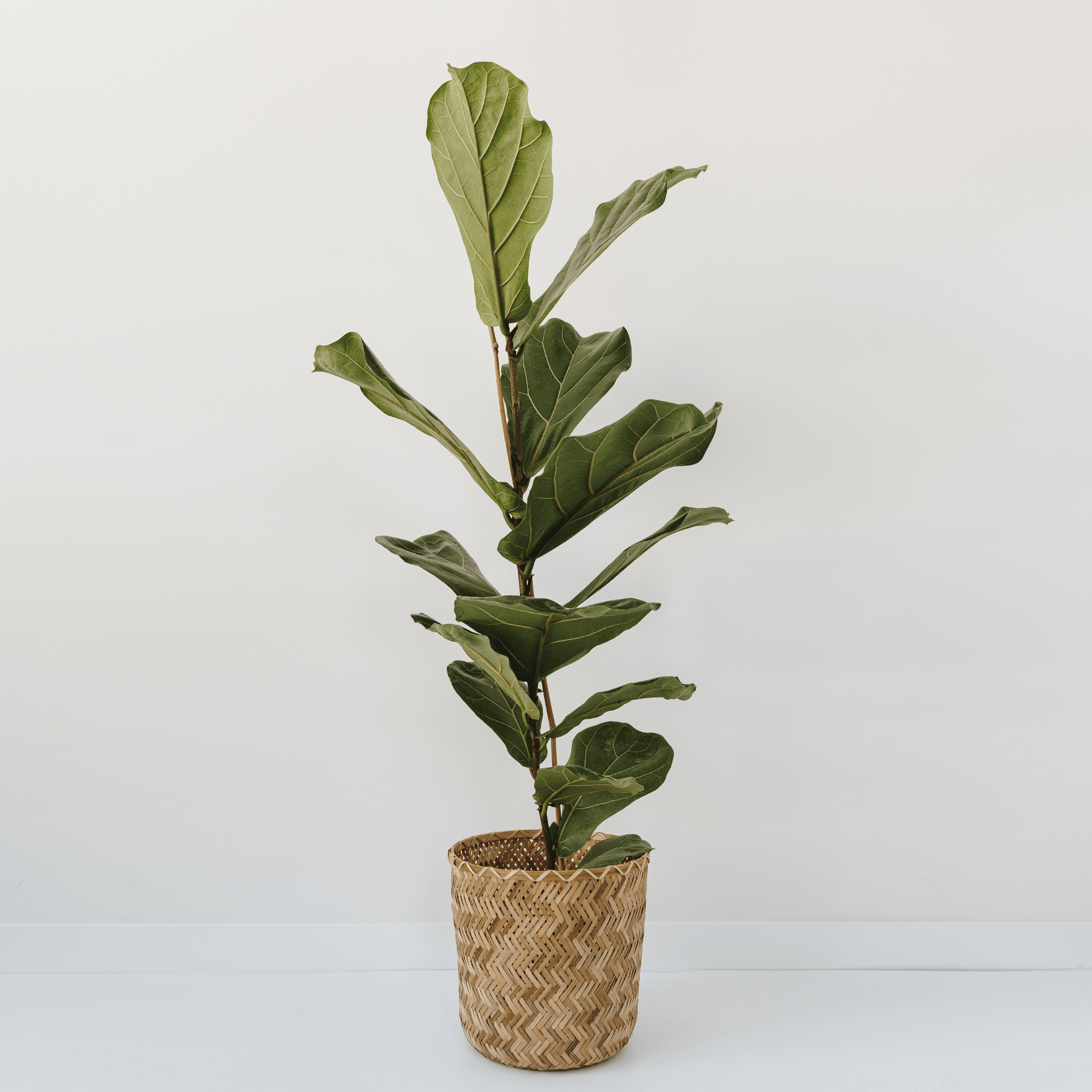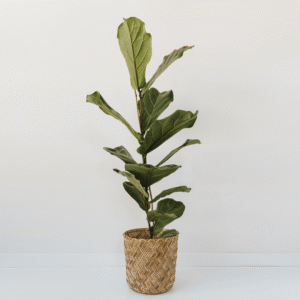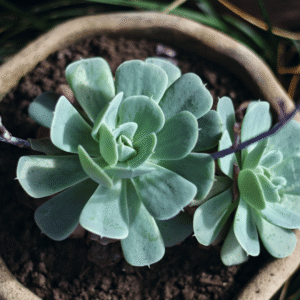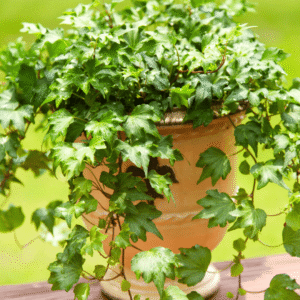Level Up Your Green Thumb: The Ultimate Guide to Residential Interior Plant Design in Austin, TX
The only thing hotter than the Austin summer right now is the trend of turning your home into a certified, jaw-dropping jungle. But let’s be real: plopping a sad little succulent on your coffee table does not an oasis make.
Austin homeowners are famous for their style, their love of the outdoors, and their relentless pursuit of wellness. So, why settle for basic indoor greenery?
This is where the magic of professional residential interior plant design comes in.
It’s not just about filling empty corners; it’s about a concept called biophilic design—the innate human desire to connect with nature. When done right, this connection turns your living room into a sanctuary, your kitchen into a mood-booster, and your entire home into a breathing piece of art.
We’re diving deep into why Austinites are calling in the pros, how to make your home shine, and how to keep it all alive without turning into a full-time botanist.
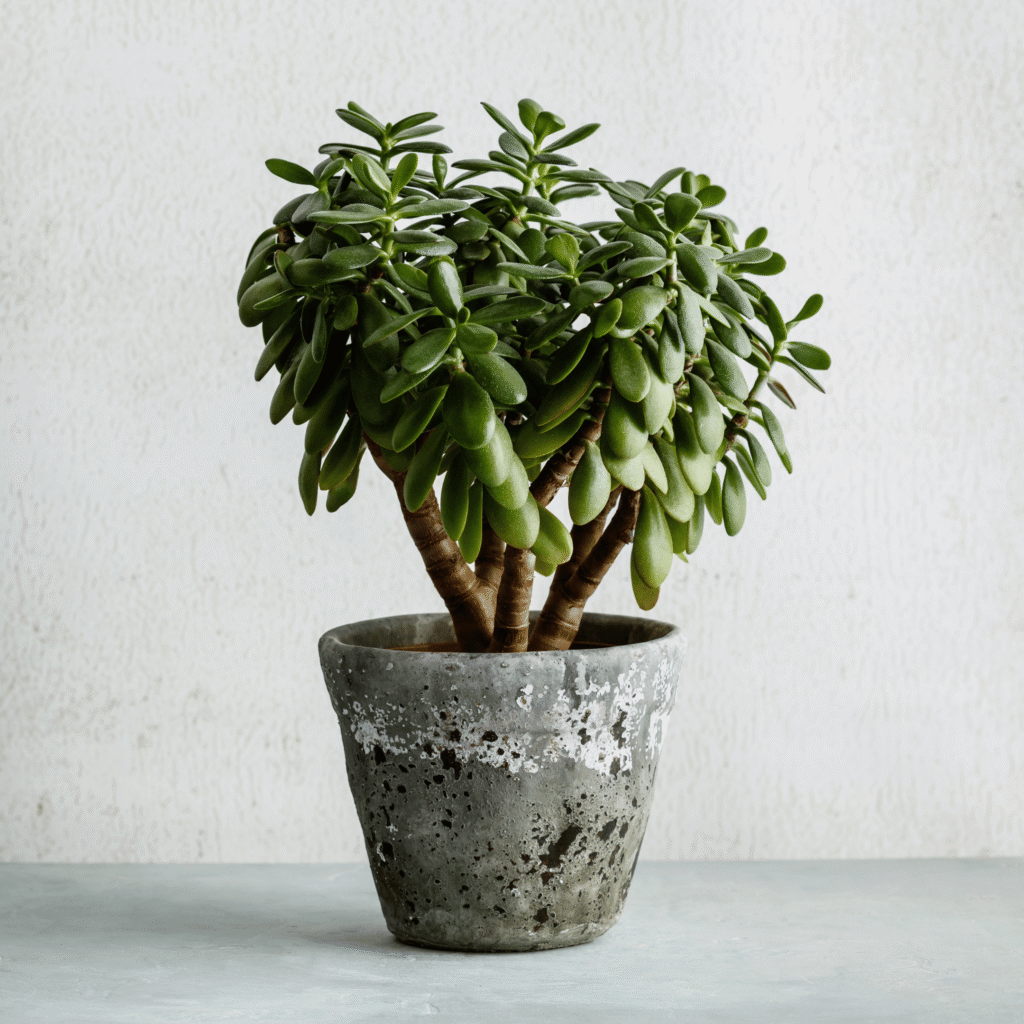
The Austin Homeowner’s Dilemma: Style vs. Survival
Austin is a unique environment. Our dazzling, quirky architecture and mid-century modern style deserve plant companions that match. But our climate—with its blistering heat, dramatic humidity swings, and reliance on A/C—creates a complex indoor world.
The challenge for the average homeowner isn’t picking a pretty plant; it’s picking the right plant, the right container, and placing it in the right spot to thrive against the odds.
This is why generic, big-box store advice often fails. You end up wasting time, money, and emotional energy watching a once-vibrant plant slowly crisp or rot.
A professional approach to residential interior plant design solves this by treating your home like a custom ecosystem.
More Than Decoration: The Science of Your Indoor Jungle
If you thought houseplants were just pretty decor, prepare for a plot twist. Science confirms what plant lovers have always known: greenery is essential for human function.
Studies have shown that indoor plants do far more than look good; they actively contribute to your psychological and physical health. They have been linked to:
- Reduced Stress and Anxiety: The act of being around nature lowers cortisol levels.
- Increased Productivity and Focus: Perfect for Austin’s booming work-from-home culture.
- Improved Air Quality: They can filter certain common household toxins.
Bringing nature indoors is less of a hobby and more of a non-negotiable wellness strategy. For a deeper look at the proven effects of biophilia, check out this summary of scientific benefits: 7 Science-Backed Benefits of Indoor Plants.
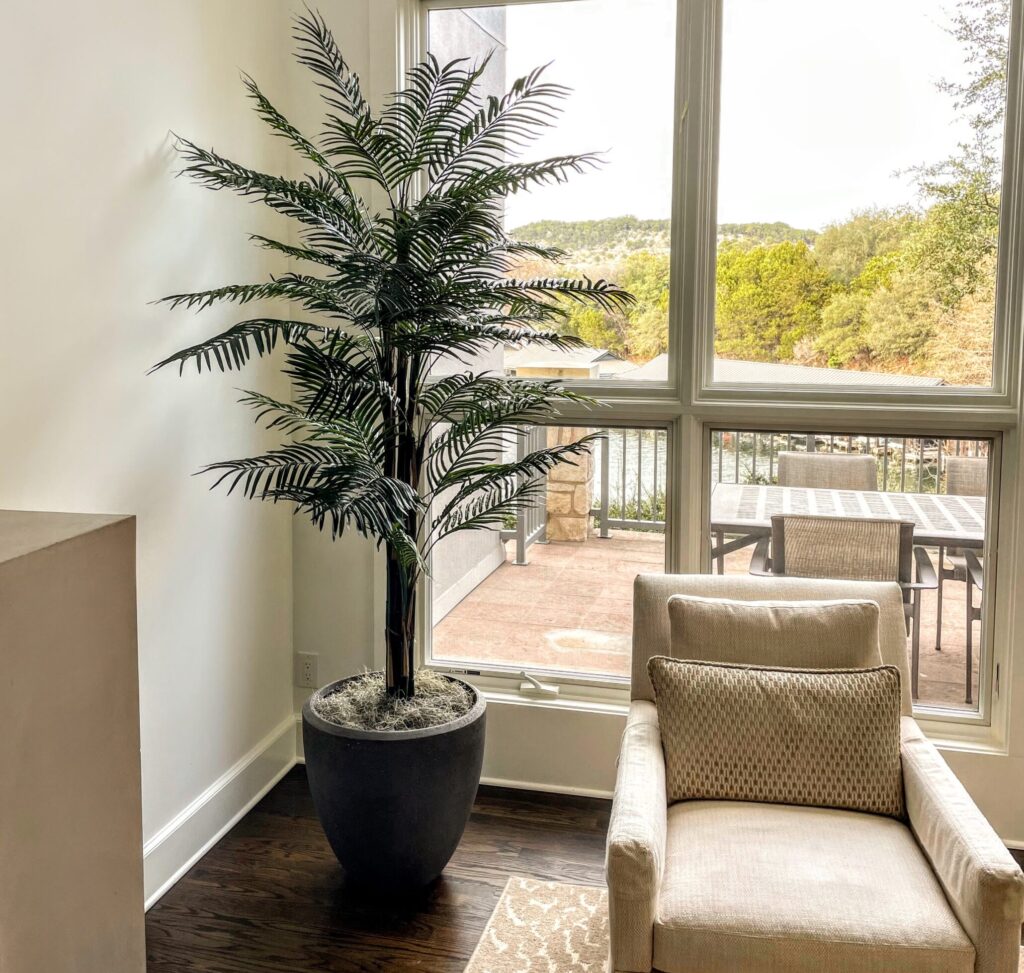
Designing Your Sanctuary: The Four Pillars of Expert Plant Design
If you’re ready to graduate from “Plant Parent Beginner” to “Interiorscape Aficionado,” here are the four core elements a professional designer considers when crafting a truly successful residential interior plant design.
1. Light Mapping and Plant Selection
This is the most critical step, and the one most often botched. A designer starts by meticulously mapping out the light exposure in every room.
- The South-Facing Myth: Just because a room gets light doesn’t mean it’s good light. Is it harsh, direct Texas sun? Is it filtered through a shade tree?
- The Right Plant for the Slot: Designers select plants based on their specific needs. For a dim hallway, they might choose a classic Snake Plant or a hardy ZZ Plant. For a bright, sun-drenched sunroom, they might recommend a Fiddle-Leaf Fig or a Bird of Paradise, but with specific rotational or shielding strategies.
- Matching Mood: A massive, architectural cactus might fit a minimalist aesthetic, while a trailing Pothos or Philodendron adds a cozy, bohemian vibe.
The Pro Tip: Never force a plant into a space just because you like the way it looks. The design must follow the light, not the other way around.
2. The Power of Containers: More Than Just a Pot
In Austin, containers are often as important as the plants themselves. They are architectural elements that tie the green life to your existing design scheme.
A good residential interior plant design avoids visual clutter and ensures the containers harmonize with the room’s materials—be it natural wood, concrete, brass, or rattan.
- Sizing Matters: The pot size needs to accommodate healthy root growth, but also be appropriately scaled to the room. A too-small pot under a tall ceiling looks awkward; a too-large pot can dwarf a piece of furniture.
- Drainage and Maintenance: Professionals ensure every container is properly lined, sealed, and often double-potted (cache-potting) to protect your flooring and furniture. This also streamlines the ongoing watering and care process.
- Local Sourcing: Working with an Austin-based interiorscape company often means access to locally made, unique pottery that adds a true Central Texas flair to the design.
3. Creating Visual Drama (Heights and Layers)
To move beyond a collection of individual plants, the design needs structure. Think of it like a theater stage: you need leading actors, supporting players, and background scenery.
- The Focal Point: Every room needs one statement piece. This is the big kahuna—a soaring Olive Tree, a dramatic Ficus, or a lush palm—that commands attention. This is often the anchor of the overall residential interior plant design.
- Mid-Level Interest: This includes plants placed on shelves, stands, or side tables. They add texture and break up horizontal lines.
- Trailing and Ground Cover: Hanging planters, vines, and low-growing ground covers (even moss) add depth and soften the edges of furniture and windowsills.
By varying height and foliage texture, the designer creates a lush, natural environment that feels abundant and layered, not sparse and scattered.
4. Intentional Styling: The Biophilic Connection
This pillar links the design back to the client’s well-being. The arrangement should feel intentional—a genuine extension of the natural world, not a random assembly of pots.
- Grouping for Impact: Clustering plants together mimics how they grow in nature. It also creates a micro-climate with slightly higher humidity, which many tropical houseplants adore.
- Softening Hard Lines: In modern Austin homes full of clean lines and concrete, plants are essential to introduce softness and organic shapes, providing visual relief.
- Connecting Spaces: A skilled designer can use specific plant families or container colors to create a visual “green thread” that links one room to the next, making the entire home feel cohesive and flowing.
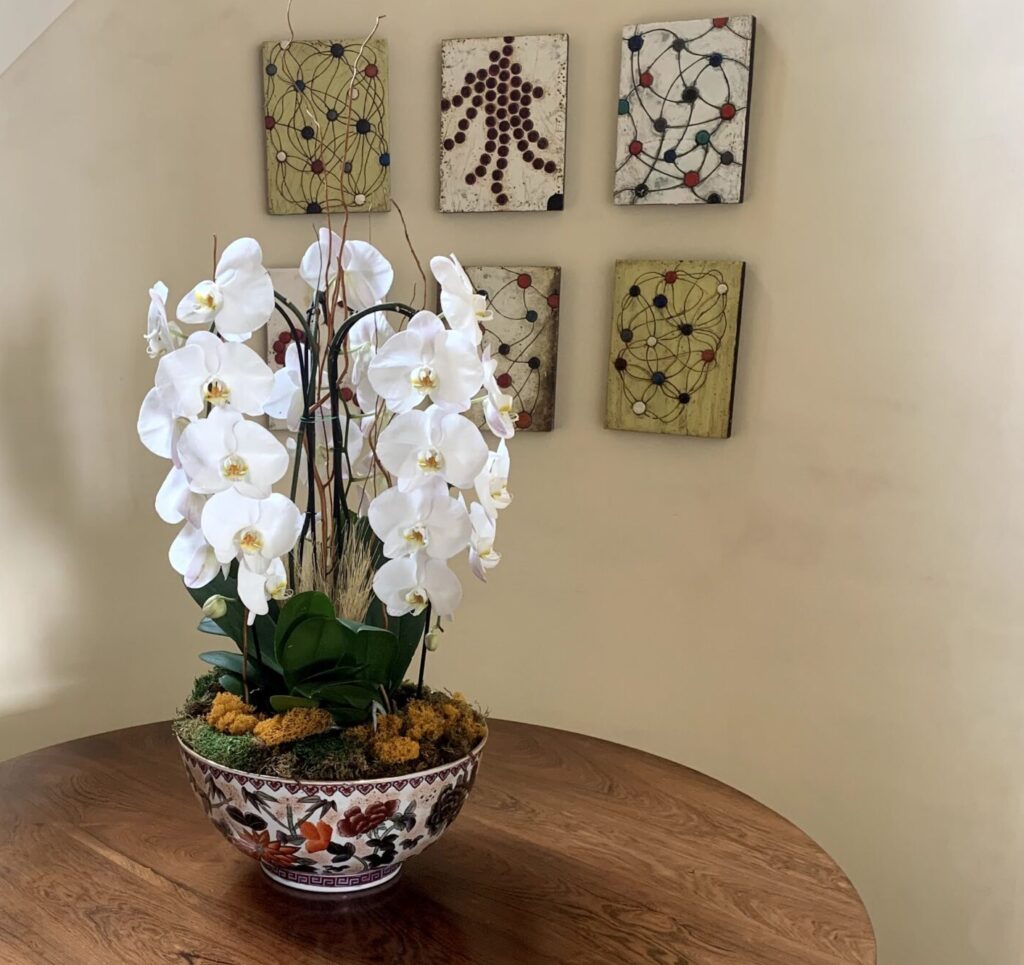
Why Trusting the Austin Experts is the Smart Move
The “trial and error” method is costly and frustrating, especially when dealing with high-value, specimen plants. For Austin homeowners, partnering with a local residential interior plant design firm like Nature Indoors offers several distinct advantages:
A. Local Expertise is Non-Negotiable
- Climate-Specific Knowledge: Designers understand the local micro-climates, humidity levels, and common regional pests (fungus gnats, spider mites) that thrive in Central Texas. They know which plants will survive your HVAC system and which will melt.
- Vendor Relationships: Local pros have deep connections with specialized growers, meaning they source healthier, higher-quality, and often more unique plant varieties than you can find at a big-box store.
B. High-End Customization and Brand Alignment
For a company that specializes in interiorscapes, residential interior plant design is a process rooted in philosophy—that connecting with nature nurtures mind and body.
- Bespoke Design: They don’t just sell you a plant; they offer a consultation to understand your lifestyle, your home’s aesthetics, and the feeling you want to evoke. Do you need high-impact drama for entertaining or quiet calm for a home office? The design is tailored to your answer.
- Female-Owned Legacy: A local business with decades of experience means the solutions are time-tested and backed by specialized knowledge, not fleeting trends.
C. The “Care-Free” Solution: Maintenance Programs
The biggest secret to a successful indoor jungle? It’s often not the homeowner doing the upkeep.
For busy Austinites, the design service doesn’t end when the installation is complete. Most high-end firms offer personalized plant care and maintenance programs, which may include:
- Watering and fertilization on a set schedule.
- Pruning, cleaning, and dusting the foliage.
- Professional pest management and disease treatment.
- Plant replacement guarantees (if a plant fails for any non-negligent reason).
This is truly the ultimate luxury: a vibrant, lush home environment with none of the hassle. Your investment remains healthy and beautiful, year after year.
Making It Fun and Entertaining: Plant Personalities
Part of the fun of residential interior plant design is choosing plants with personality. Forget boring green walls; let your plants reflect your Austin attitude!
Here are a few personalities and the plants that embody them:
| Austin Personality Type | The Plant Match | Why It Works |
| The East Side Urbanite (Chic & Minimal) | Sansevieria ‘Cylindrica’ (Cylinder Snake Plant) | Architectural, sculptural, and tough as nails. It delivers maximum modern impact with minimal care. |
| The Lake Travis Bohemian (Laid-Back & Lush) | Monstera Deliciosa (Swiss Cheese Plant) | Huge, fenestrated leaves scream “tropical vacation.” It’s a statement piece that encourages relaxation. |
| The South Austin Hippie (Vibrant & Abundant) | Pothos ‘Neon’ or Philodendron ‘Brasil’ | Trailing vines for shelves and ledges. They are fast-growing, propagate easily, and add a cheerful burst of color. |
| The Tarrytown Traditionalist (Elegant & Timeless) | Ficus Lyrata (Fiddle-Leaf Fig) | The quintessential stately indoor tree. It demands respect and proper placement, delivering high-end drama. |
Export to Sheets
The right plant designer can match these personalities to your home’s specific environment. They help you curate a living collection that is both beautiful and intrinsically you.
Conclusion: Start Your Austin Interiorscape Journey
If your home in Austin feels like it’s missing that vital spark, it’s likely missing a deeper connection to nature. Moving past basic houseplant collection into true residential interior plant design is the key to elevating your space from merely decorated to genuinely thriving.
By prioritizing expert light analysis, choosing architectural containers, structuring layers of foliage, and offloading the heavy lifting of maintenance, Austin homeowners can enjoy a dynamic, beautiful, and wellness-boosting home environment, worry-free.
Ready to transform your space? Start with a consultation. Let the Austin interiorscape experts turn your wildest, lushest green visions into a carefree reality.

